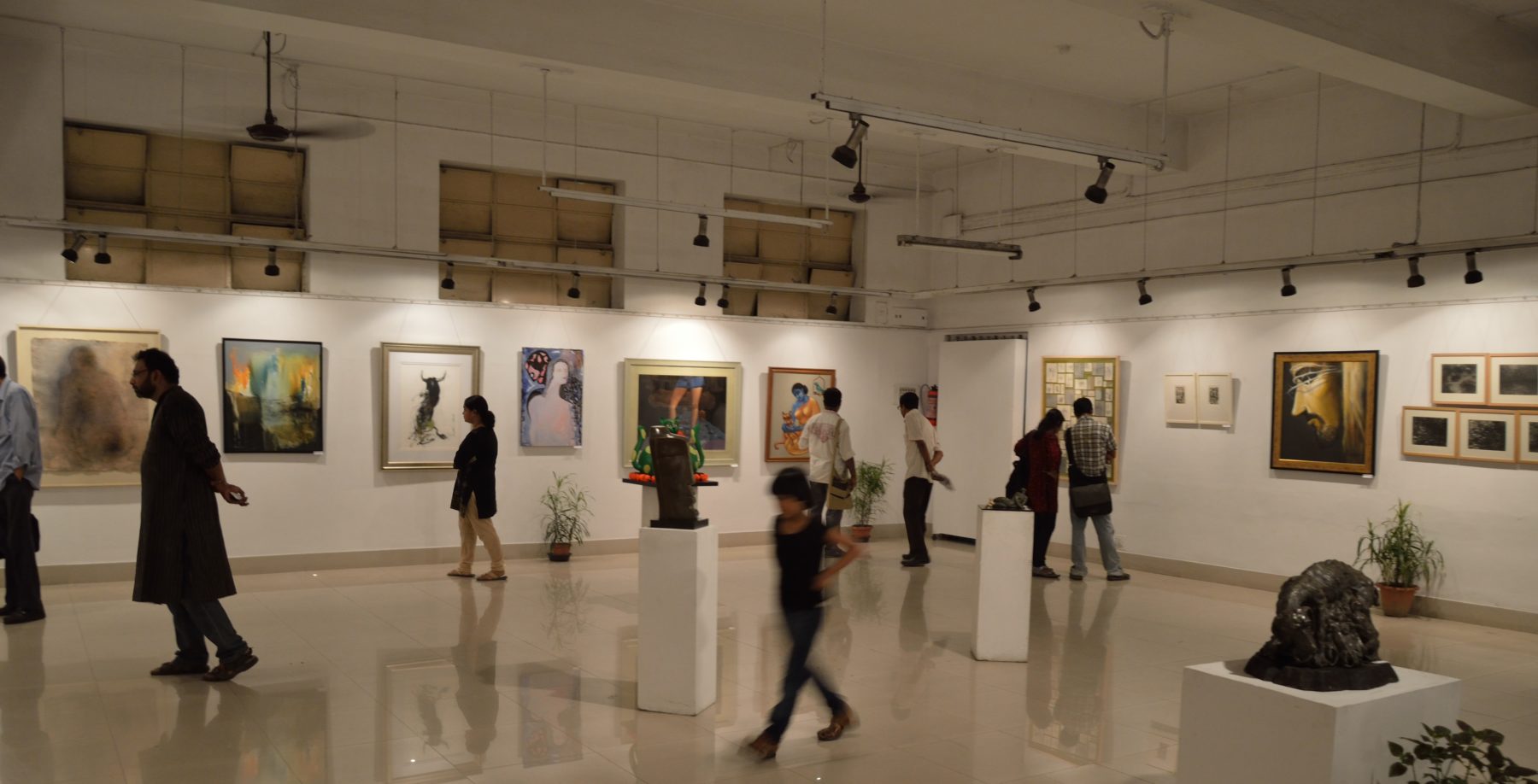1. Greater Pittsburgh Arts Council. “Racial Equity and Arts Funding in Greater Pittsburgh.” 2018. United States.
“Racial Equity and Arts Funding in Greater Pittsburgh” is the result of a yearlong study of hundreds of arts organizations, primary data from 20 local funders (public and private), and secondary data from publicly available resources. The research was convened by a group of 12 local arts leaders, researchers and funders who formed the Learning and Leadership Committee under the auspices of the Greater Pittsburgh Arts Council. This Committee, a group comprised primarily of people of color, informed the core questions, frameworks, and context for the research, which was conducted by the Greater Pittsburgh Arts Council. The report reveals a stark contrast between funding for White-majority organizations and ALAANA organizations, with key findings including disparities in the number of arts grants, total amounts of funds, and the average amount of grant dollars received by ALAANA organizations* when compared with White/Non-Hispanic organizations.
2. Zannie Giraud Voss and Glenn Voss. National Center for Arts Research. “Arts Vibrancy Index (2018).” United States.
In this report, we highlight and celebrate communities of every size and in every region that have cultivated higher levels of arts activity per person living in the community. We use the term “vibrancy” in keeping with Merriam-Webster’s definition of the word to mean “pulsating with life, vigor, or activity.” To assess arts vibrancy across America, we incorporate multiple measures under three main rubrics: supply, demand, and public support for arts and culture on a per capita basis. We gauge supply as total arts providers, demand with measures of total nonprofit arts dollars in the community, and public support as state and federal arts funding. We use multiple measures since vibrancy can manifest in many ways.
3. Carole Rosenstein. “Understanding Cultural Policy.” 2018. United States.
Understanding Cultural Policy provides a practical, comprehensive introduction to thinking about how and why governments intervene in the arts and culture. Cultural policy expert Carole Rosenstein examines the field through comparative, historical, and administrative lenses, while engaging directly with the issues and tensions that plague policy-makers across the world, including issues of censorship, culture-led development, cultural measurement, and globalization.
4. Kirsty Hoyle, Melanie Sharpe, and Matthew Cock. Arts Council England. “State of Theatre Access 2017.” United Kingdom.
In 2016, VocalEyes published the State of Museum Access 2016 report presenting the results of an audit of 1700 UK museum websites: based on the premise that a lack of access information contributed significantly to lower attendance among disabled people. It cited evidence that disabled people rely on pre-visit information far more than non-disabled people; using a venue’s website is a vital step in the decision-making / planning process. The absence of useful access information lowers people’s confidence that barriers to access will be addressed at the venue itself, and they may change their mind about visiting, feeling excluded from the venue’s target audience. This report applies the same principle and audit methodology, with our researchers visiting the websites of 659 professional theatres, all of which programme performing arts, auditing their access information, and any mention of access services or resources. We omitted from the survey amateur, school and college theatres, and those whose programming was predominantly live music, film or stand-up comedy.
5. Ben Walmsley. Poetics. “From Arts Marketing to Audience Enrichment.” 2016. United Kingdom.
The paper describes a project that used a bespoke online platform to allow the public to commission, interact with and reflect upon two dance performances at Yorkshire Dance in Leeds, a city in northern England. The research was interested in knowing how the platform might deepen audience engagement, break down barriers to attendance, demystify the creative process, and enhance people’s appreciation of the work. Overall, they found that the platform was a powerful way to move audience engagement beyond something ‘transactional’ or momentary into a deeper and more reflective encounter. However, this only worked for a small sample of the participants, as many dropped out of the study, while some others felt that it prevented them from experiencing the more ‘instinctive’ responses they were hoping to get from the work in its finished form. Overall, the research found that those who might gain most from engaging with the platform were those least likely to use it.
